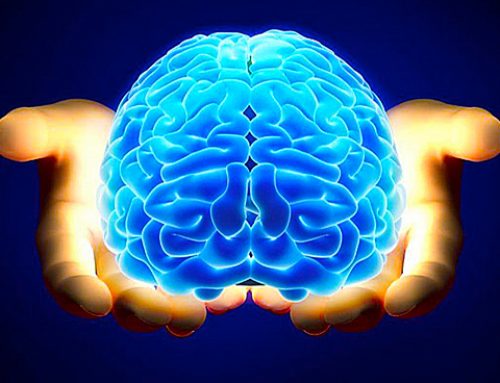The female pelvic floor is a complex functional unit involved in many functions that extend beyond the mere support of the pelvic organs. The pelvic floor dysfunction globally affects urination, defecation and sexual activity. The developmental changes with the acquisition of upright standing, walking and body parts of fetuses with large diameter heads have made the fascial and muscular support of the pelvic floor vulnerable, with a predisposition to pelvic organ prolapse and incontinence.
The etiology of pelvic organ prolapse is multifactorial, aging naturally entails risk factors with biomechanical abnormalities in the composition of the connective tissue associated with hormonal deficiency and altered tissue metabolism.
An associated problem is the role of estrogen hormones. Estrogen receptors were in fact identified in all the nuclei of the connective tissue and smooth muscle, in the cells of the bladder trigone, urethra, the mucous membrane of the vagina and in the levator ani muscle.
Prolapse treatment must take into account genetic factors, biological pelvic changes, tissue homeostasis modifications as well as take into consideration topical hormones, rather than general pelvic corrective surgery.
In conclusion we can take preventive action:
- On the genotype after the age of 40 through exercises to activate and strengthen the structures of the pelvic floor
- Through estrogen therapy (also with bio-identical hormones) prior to menopause
- By changing the lifestyles of the subject through physical exercise, sleep regulation, and especially alimentation (in particular avoiding acidosis, metabolic syndrome and insulin resistance)
- and postmenopausal through therapy with lactobacillus acidophilus, topical estriol and pelvic floor rehabilitation.





